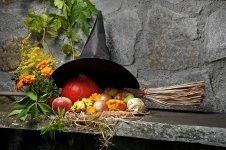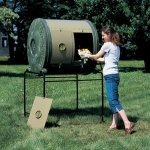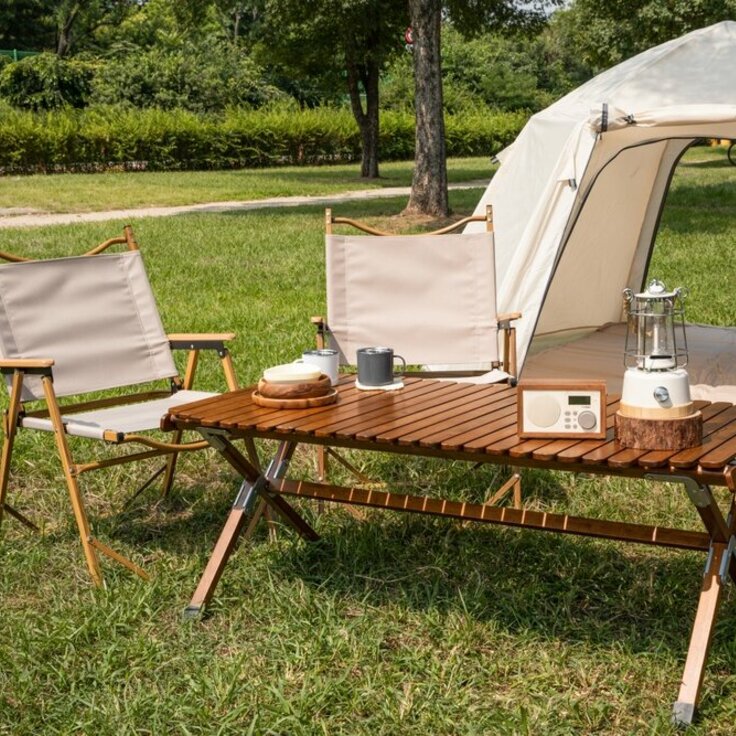Purposeful Pruning
Late winter, just before new spring growth bursts forth, is the best pruning time for deciduous trees and shrubs. Pruning is perhaps the least understood of all gardening chores. Incorrect pruning results in poor growth, improper growth, unnatural plant forms, and poor flower or fruit production.
Just Say No To Bad Pruning
When you prune, have a specific purpose in mind. Don't do it just because it's pruning season. Each year many landscape plants are needlessly butchered and disfigured by well intended but uninformed gardeners. Proper pruning can shape plants, remove diseased or winter-damaged limbs, or reduce the size of a plant that is outgrowing its space. Pruning improves flower production on roses and crape myrtles. It helps fruit trees stay vigorous and productive. Proper pruning can also help rejuvenate an old shrub.
Clipped hedges require regular pruning. The gardener looking for low maintenance should not establish a clipped or formal hedge, but instead direct growth to a more natural form. This is especially true of many shrubs that look ridiculous when sheared up like a French poodle!
When to Prune
Different types of plants are pruned at different times of the year. Spring-flowering ornamentals such as forsythia, azalea, quince and spirea should be pruned after they bloom in the spring. Fruit trees, vines and bushes are pruned in late winter.
Evergreens such as juniper, ligustrum, photinia, and euonymus may be lightly pruned throughout the year. Summer-flowering shrubs and trees such as althea, vitex, and crape myrtle, and deciduous shade trees respond best to late winter pruning. In areas where oak wilt fungus is active, prune susceptible oak species in winter (November through January) when the beetles that spread it are less active.
Roses that repeat bloom through the season should be pruned just prior to the spring growth in late February or early March. Rose with just one bloom period, including many of the climbing roses, should be pruned after their spring or early summer blooms fade.
Berrying ornamentals such as holly and pyracantha produce berries on old or second-year growth. A continual removal of a large percentage of the new growth on these plants eliminates potential berries.
Plants may need a bit of light touch up work throughout the season. Gangly canes or shoots may be trimmed back whenever they appear, to maintain a plant's form.
Forget the Pruning Paint
Arborists now generally avoid using wound sealer products. Wounds heal best without these pruning paints. An exception is when wound paints are used to deter bark beetles that spread oak wilt disease. Pruned branches of oaks should be sealed immediately after pruning, as fresh cuts are most attractive to the beetles. Your local Extension Service Office can advise you about the presence of this disease in your area.
Proper Pruning Cuts
When removing large branches, the gardener should cut back to just outside the collar or raised ring where the branch attaches to the trunk. Cutting at this location eliminates stubs that promote decay of the heartwood, while also preventing cutting too close to the trunk, which increases wound size and delays healing.








